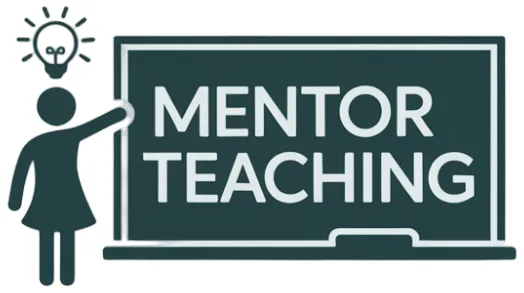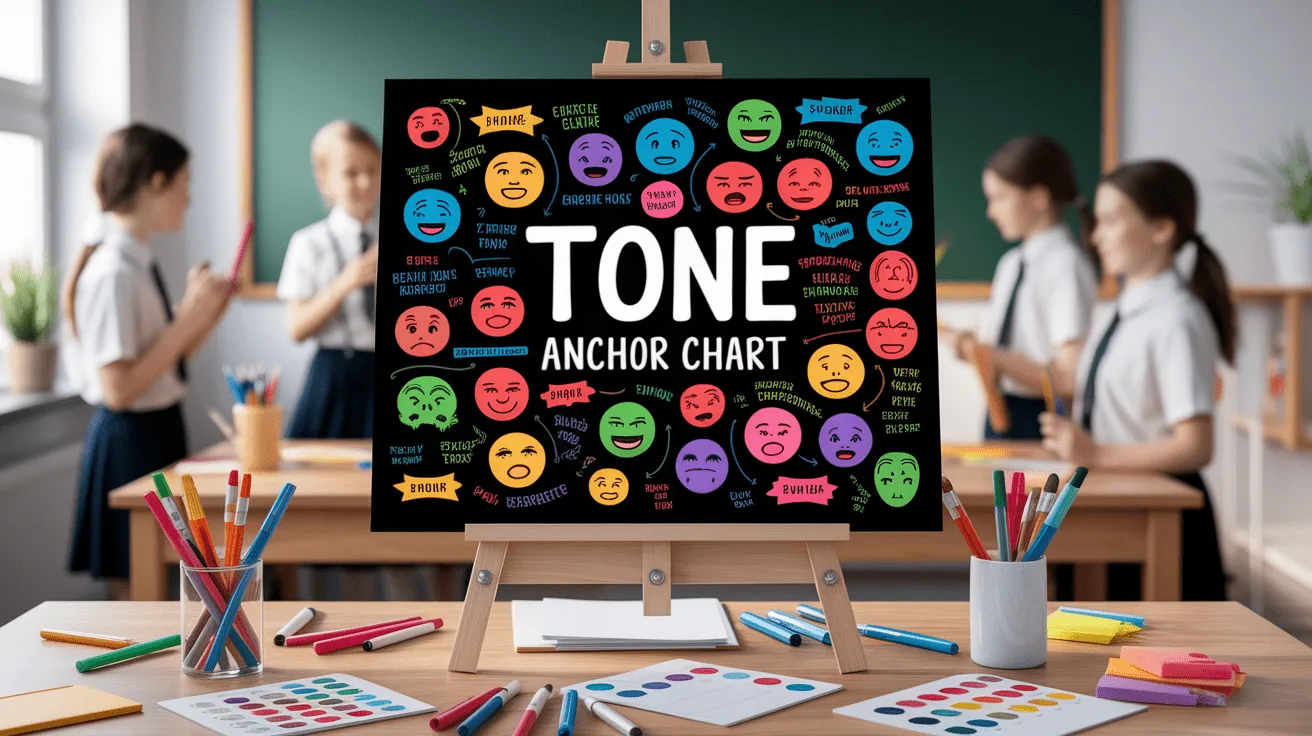Setting the Scene with a Tone Anchor Chart
Imagine walking into your literature classroom and seeing a bright, colorful poster that instantly helps you decode the author’s mood and message—it’s like having a secret decoder ring for reading! That’s the magic of a tone anchor chart. It’s a visual superhero that turns the abstract idea of “tone” into something students can see, understand, and use in real-time during text analysis.
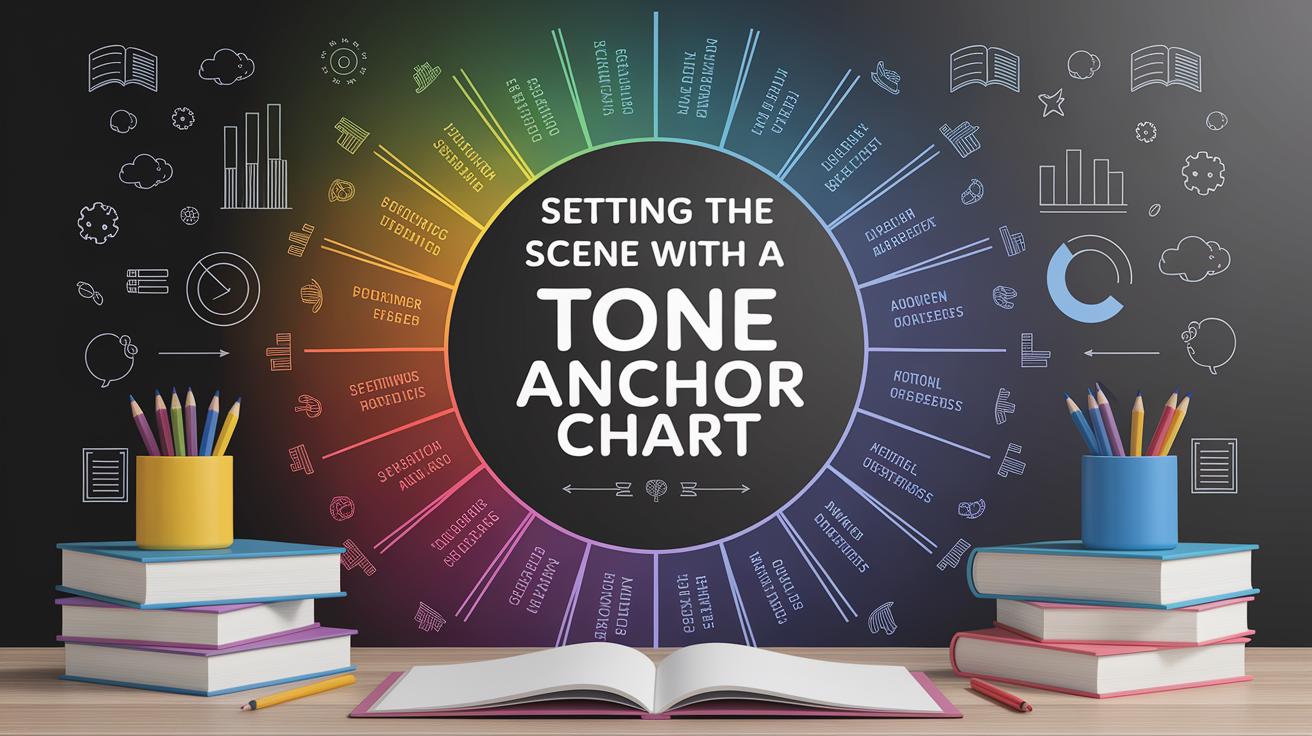
In simple terms, a tone anchor chart is your helpful reading companion, guiding you to understand the author’s tone—their attitude or feelings toward the subject. By breaking down definitions, offering tone examples, and explaining the difference between mood vs tone, these charts make literary analysis a whole lot more fun and a whole lot less intimidating.
Essential Components of a Tone Anchor Chart
While every teacher adds their own flair, most tone anchor charts include a few essential ingredients to boost reading comprehension and tone identification skills:
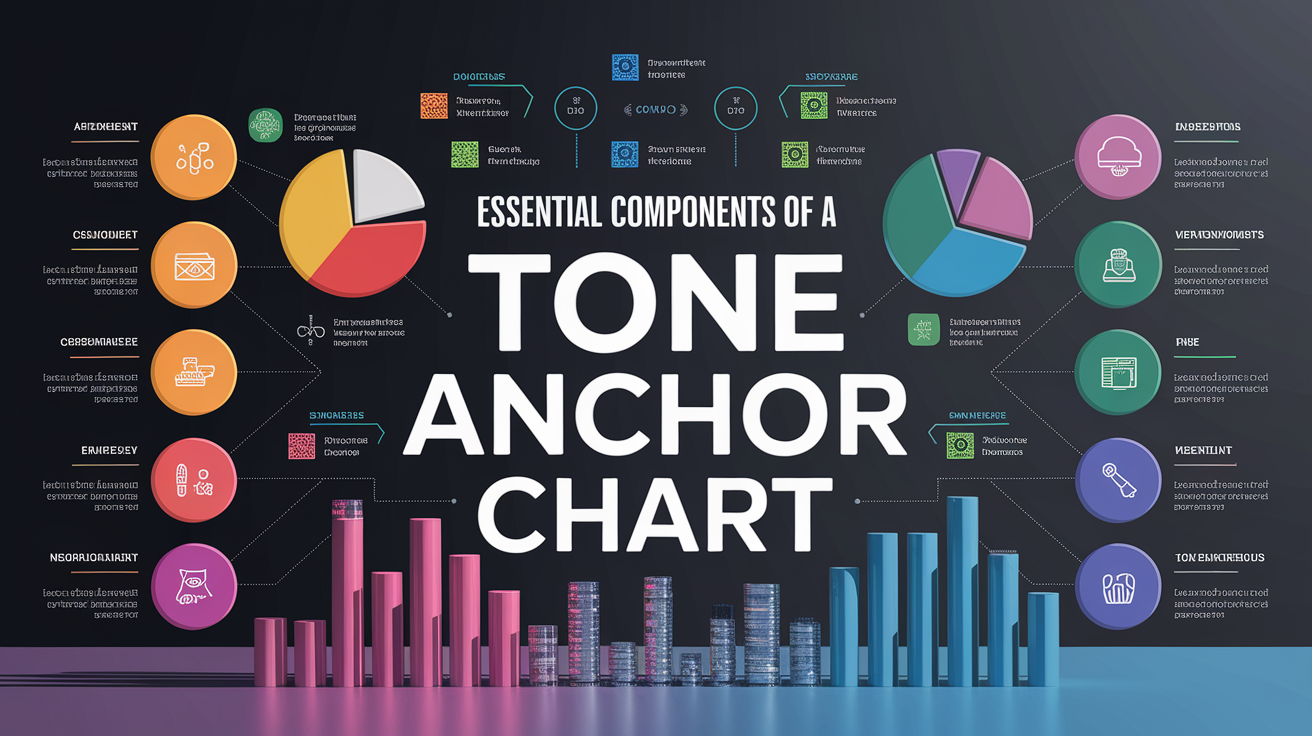
- Clear definition of tone – A short, student-friendly explanation of the author’s attitude in writing.
- Tone words list – Usually grouped into categories like positive, negative, and neutral to make selection and recognition easier.
- Examples from literature – Short excerpts with identified tones to help students see tone in action.
- Mood comparison section – A quick reference to remind students how mood affects the reader, while tone reflects the author.
- Clues for identification – Tips on spotting tone through diction, syntax, and imagery.
- Visual aids – Icons, color coding, and creative fonts to make the chart engaging for all ages.
These elements combine to create a reference that supports reading instruction and strengthens students’ overall literary analysis skills.
Step-by-Step Creation Process
Want to build your own printable tone anchor chart for the classroom? Let’s break it down into small, doable steps:

- Introduce tone: Begin with a class discussion about what tone is and how it differs from mood. Perhaps use a tone and mood anchor chart difference as a starter visual.
- Brainstorm tone words: Create a collaborative tone words list with your students. Categorize them into positive, negative, and neutral tones.
- Give examples: Provide short passages and model how to analyze diction, sentence structure, and imagery to determine tone.
- Design your chart: Use headings, sections, and color coding. Include a tone graphic organizer or symbols that make terms pop visually.
- Display it: Place your chart in a spot where students can see and reference it easily during literature study.
Implementing Your Tone Anchor Chart in the Classroom
Here’s the fun part—putting your chart to work! This is where tone chart magic meets reading strategies. When students encounter a text, encourage them to:
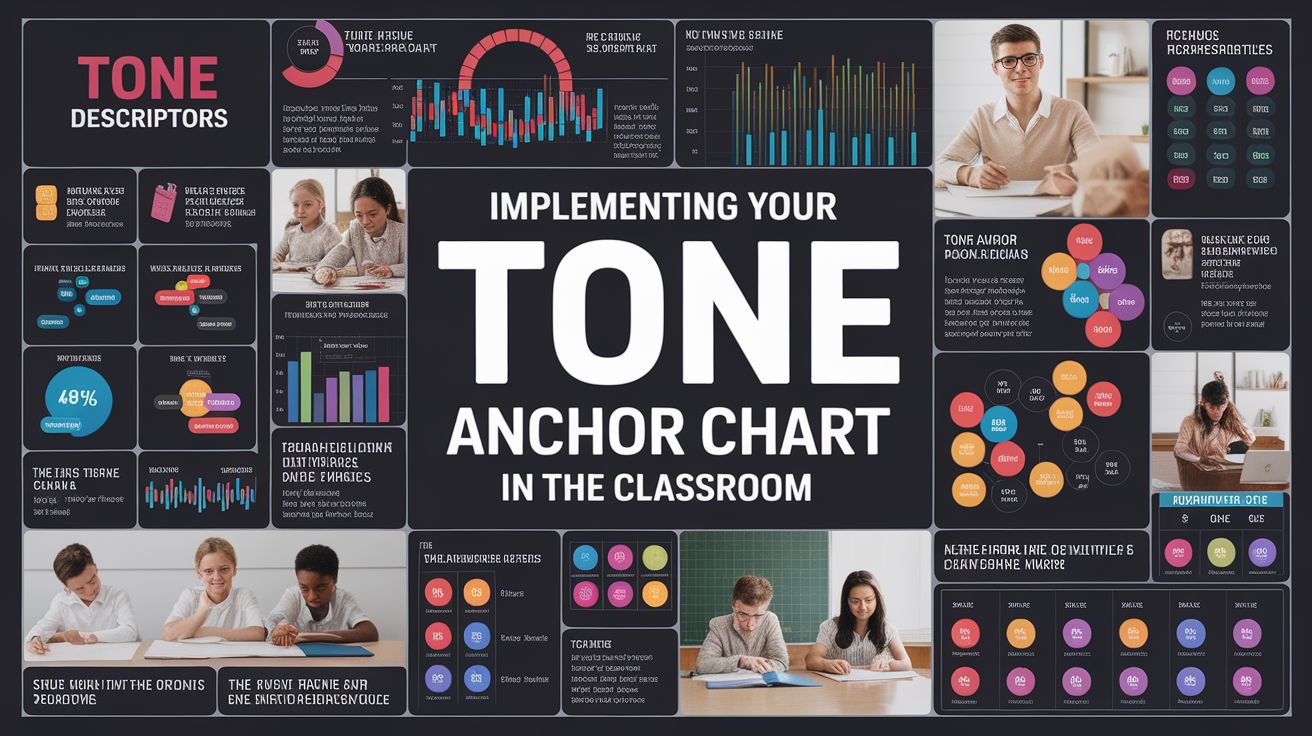
- Glance at the chart for possible tone words they might use.
- Compare their guess at the author’s tone with the tone word categories on the display.
- Discuss with peers how they identified tone, citing text evidence.
- Use the tone anchor chart alongside related tools like a point of view chart or mood chart for more nuanced analysis.
Whether used in whole-class teaching, small groups, or individual work, a classroom poster like this helps anchor students’ understanding, making literary elements less abstract and more approachable.
Maintaining and Adapting Your Chart
A tone anchor chart isn’t a “make it once and forget it” tool—it’s a living, breathing part of your classroom! Keep it fresh and relevant by:
- Adding new tone words students encounter in reading.
- Highlighting class “tone words of the week.”
- Swapping in fresh examples from current texts being studied.
- Encouraging students to contribute their own literary finds.
- Adapting for season or theme to keep engagement high.
This adaptability keeps the chart from fading into the background—it remains a go-to resource for tone practice and ongoing reading skills development.
Final Thoughts: Tuning Into Tone
A tone anchor chart is like a trusty co-teacher: always ready to step in, prompt deeper thinking, and offer vocabulary when students are hunting for just the right word. By blending clear definitions, vivid examples, and interactive elements, you equip your students with the confidence to tackle even the trickiest passages in literature. So, go ahead—craft your own, adapt it to your learners, and watch their tone identification skills take off!
